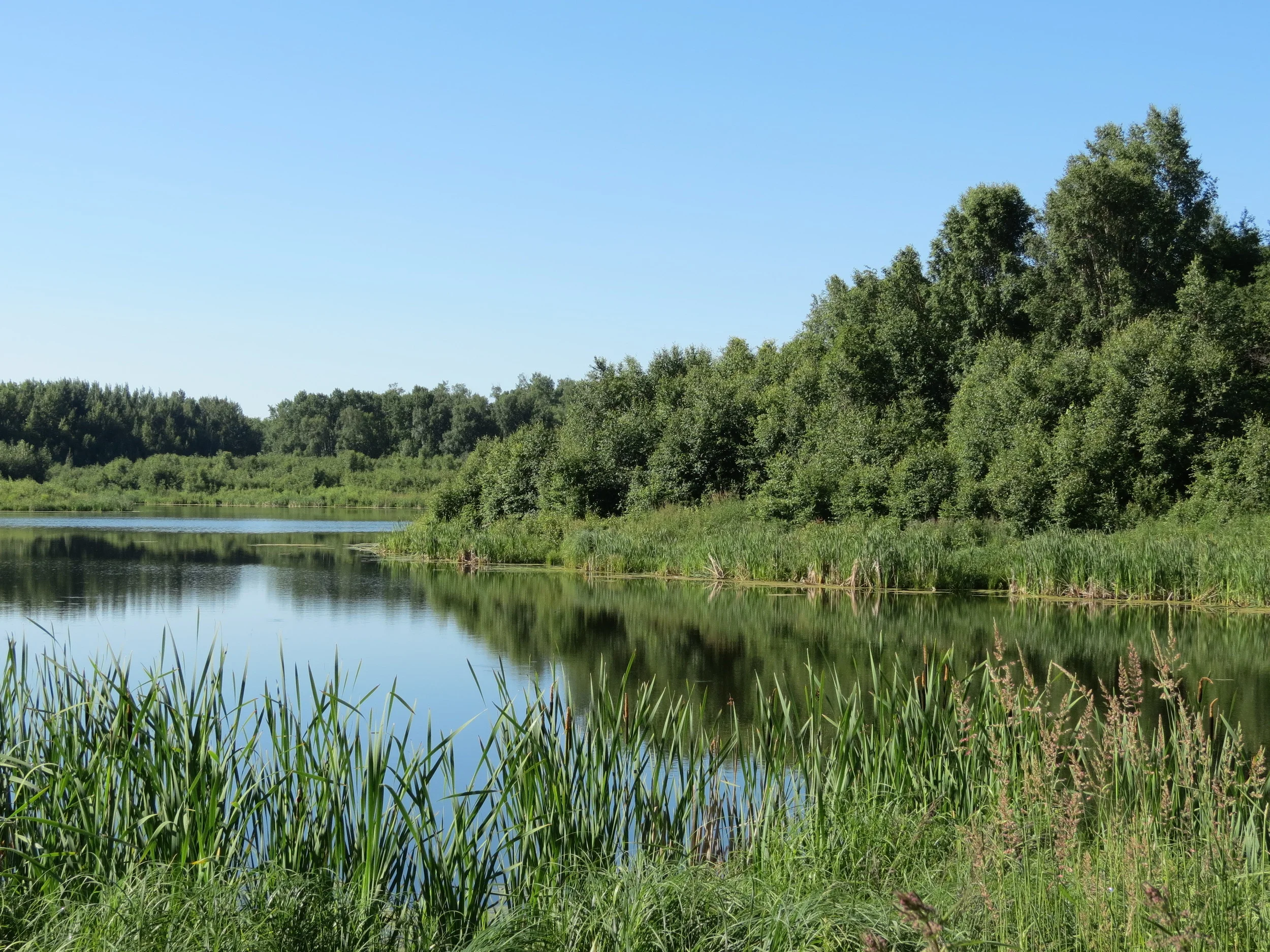
LOCATION
line
• Parkland County
• North of Stony Plain
• 110 Acres
• 45 km drive from central Edmonton
DIRECTIONS, PARKING & TRAILS
line
• 4 km of natural trails
• A mix of narrow and moderately-wide trails on rolling terrain
• East boundary trail has steep slopes
• Small gravel parking pullout
““I have always loved the sight of Great Blue Herons flying, dinosaur-like, or standing along a lake or stream. On a February day from the dock of this country acreage, I spotted a cluster of nests high up in some poplar trees about a kilometre from where I was standing. I said to Lorne that it was a sign - our own heronry - we had to move here. And, we did, seventeen years ago. We loved it so much that within a couple of years, my dream was to protect all the lands around the lake. In the fall of 2012 we first saw the signs indicating the Glory Hills Conservation Lands had been established as part of the EALT. Half of my dream had come true!””
maskihkîy meskanaw - Glory Hills
The Cree name maskihkîy meskanaw, meaning “Medicine Trail” was developed for the Glory Hills Conservation Lands by amiskwaciy Academy.
Wildlife and Habitat
This natural area is located in the transition zone between the Boreal Forest and Aspen Parkland regions, and therefore contains a wide variety of plant and animal life.
The site contains dense aspen forest, open grassland, wetlands and a lake. It is home to a range of iconic Canadian wildlife species, including moose, beaver, coyote, deer, fisher, fox, ruffed grouse, a breeding pair of loons, and is adjacent to a great blue heron colony.
Importance
maskihkîy meskanaw - Glory Hills is located within the Glory Hills Environmentally Significant Area. Wetlands on the property are part of a chain of wetlands that help filter and protect our water supply.
The surrounding areas are under pressure for country residential development.
Indigenous Connections
Many cultures travelled through and lived within the Parkland County region but the Haudenosaunee (Iroquois) and the Nehiyawak (Cree) were the ones who ended up making permanent land bases with in these lands. The Michel First Nations of both cultures and the Nêhiyaw Alexander First Nations both have treaty rights to lands within the region. Fishing was and still is important within this region due to its abundance of lakes. The plains within the regions provided fertile soils for homesteads that sustained many communities after the fall of the bison and the fur trade.
Stewardship Highlights and Recent News
Check out the highlights and accomplishments of EALT volunteers in 2023.
New tech, a tree planting event, and nest box cleaning are just some of the highlights of the season.
Goats, outreach events, and citizen science - find out what we’ve been up to this summer!
Discover how this innovative method to control invasive plants helps conserve bat habitat.
We are celebrating our 15th year by sharing 15 highlights that EALT has accomplished.
Find out about the history of how each of our lands came to be part of the organization!
A big thank you to all our hardworking volunteers in 2021!
A warm welcome to our new Conservation Land Stewards and Citizen Scientists!
Find out how we accomplished our fieldwork during the COVID-19 pandemic!
Learn more about the name for one of our Conservation Lands
Learn all about Indigenous history in this region.
See what EALT volunteers accomplished in 2017 via our unique new story map.









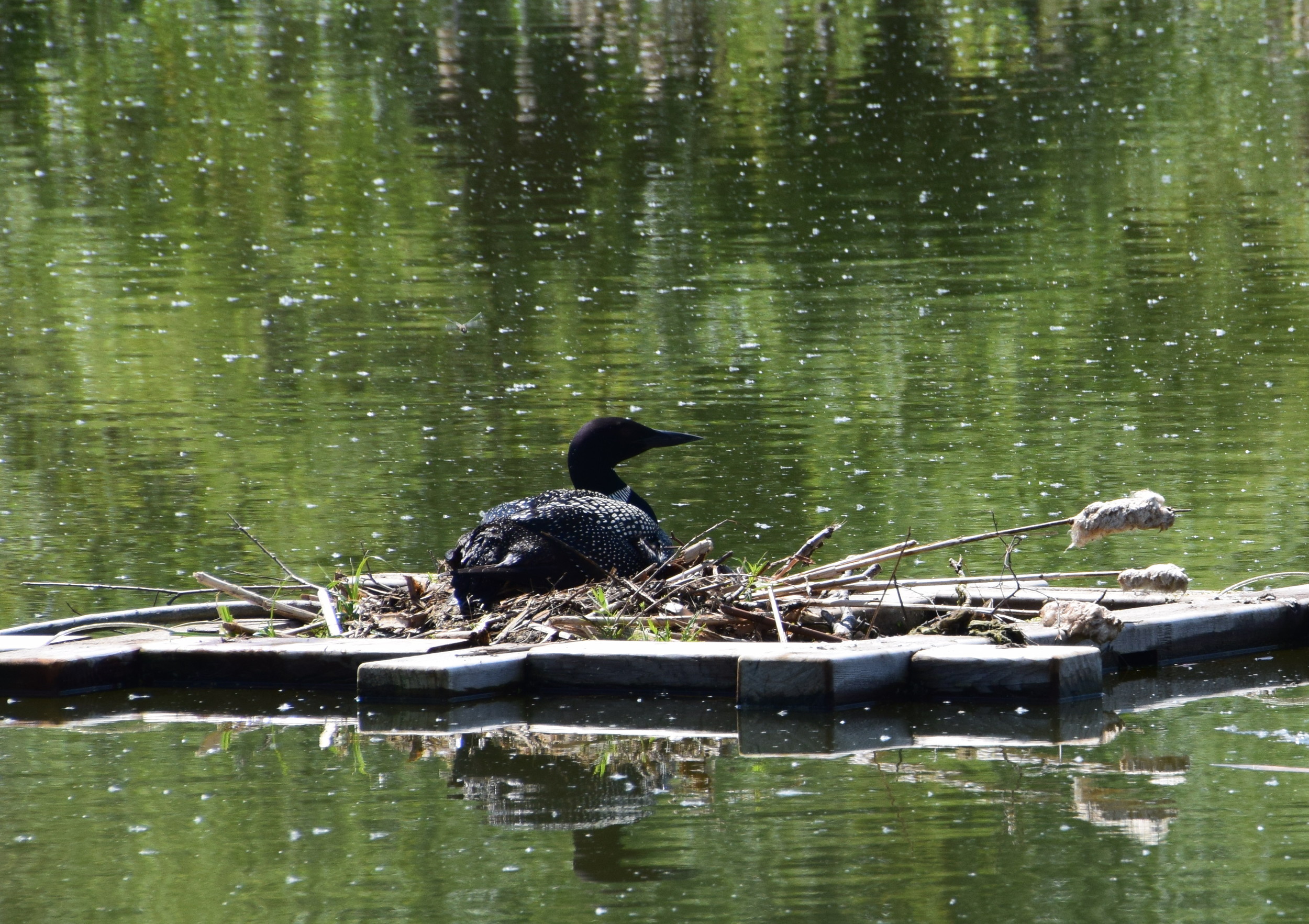
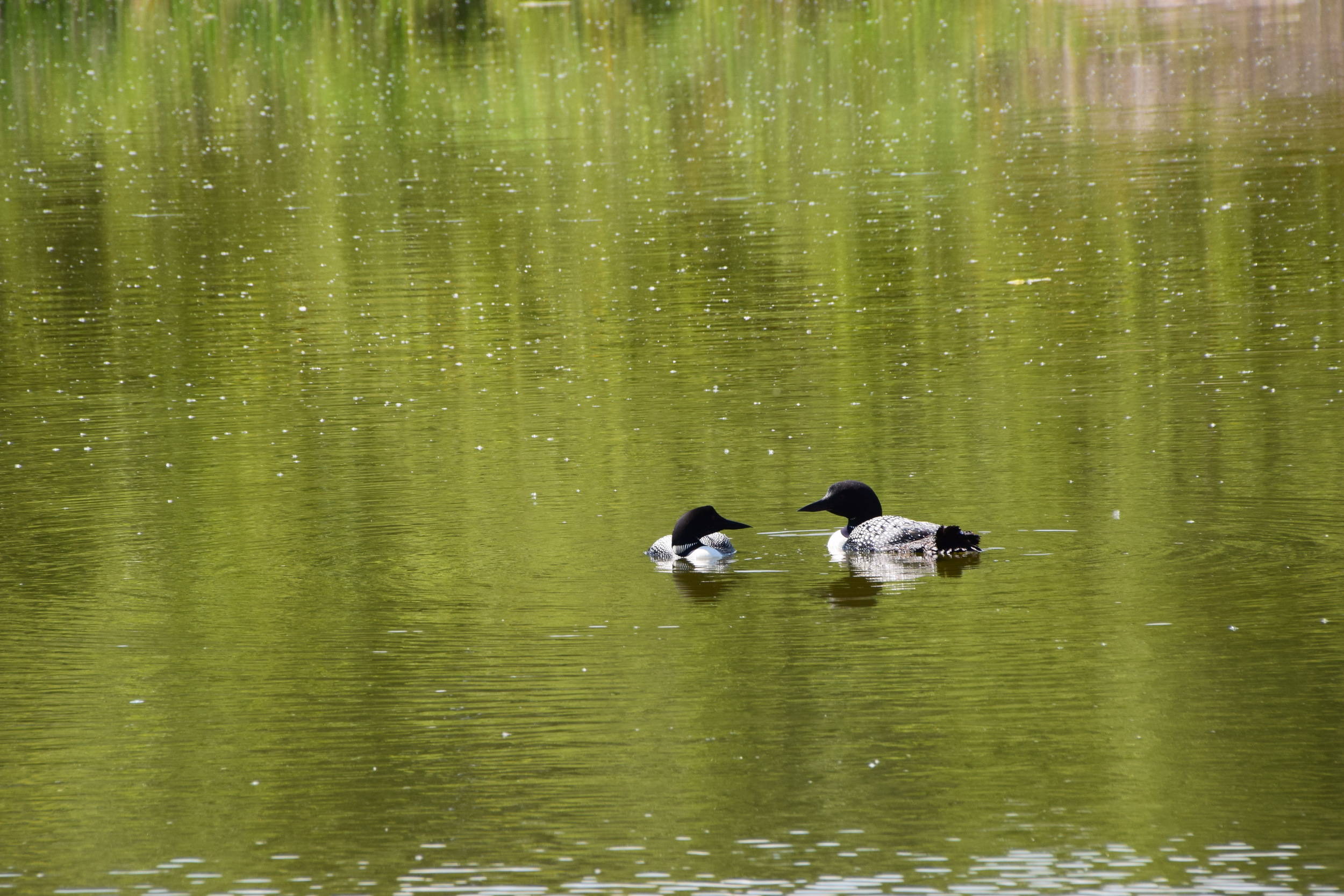
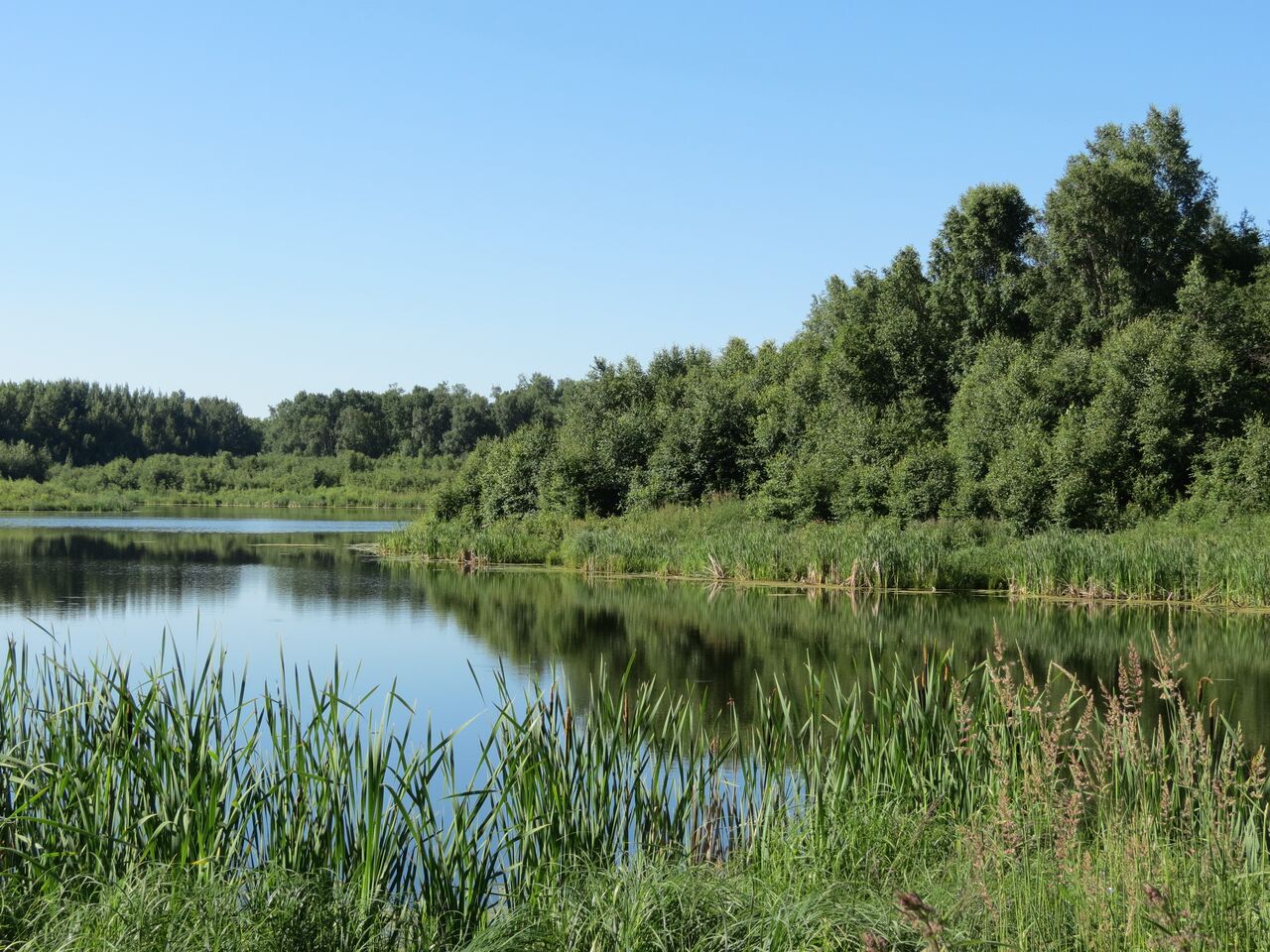
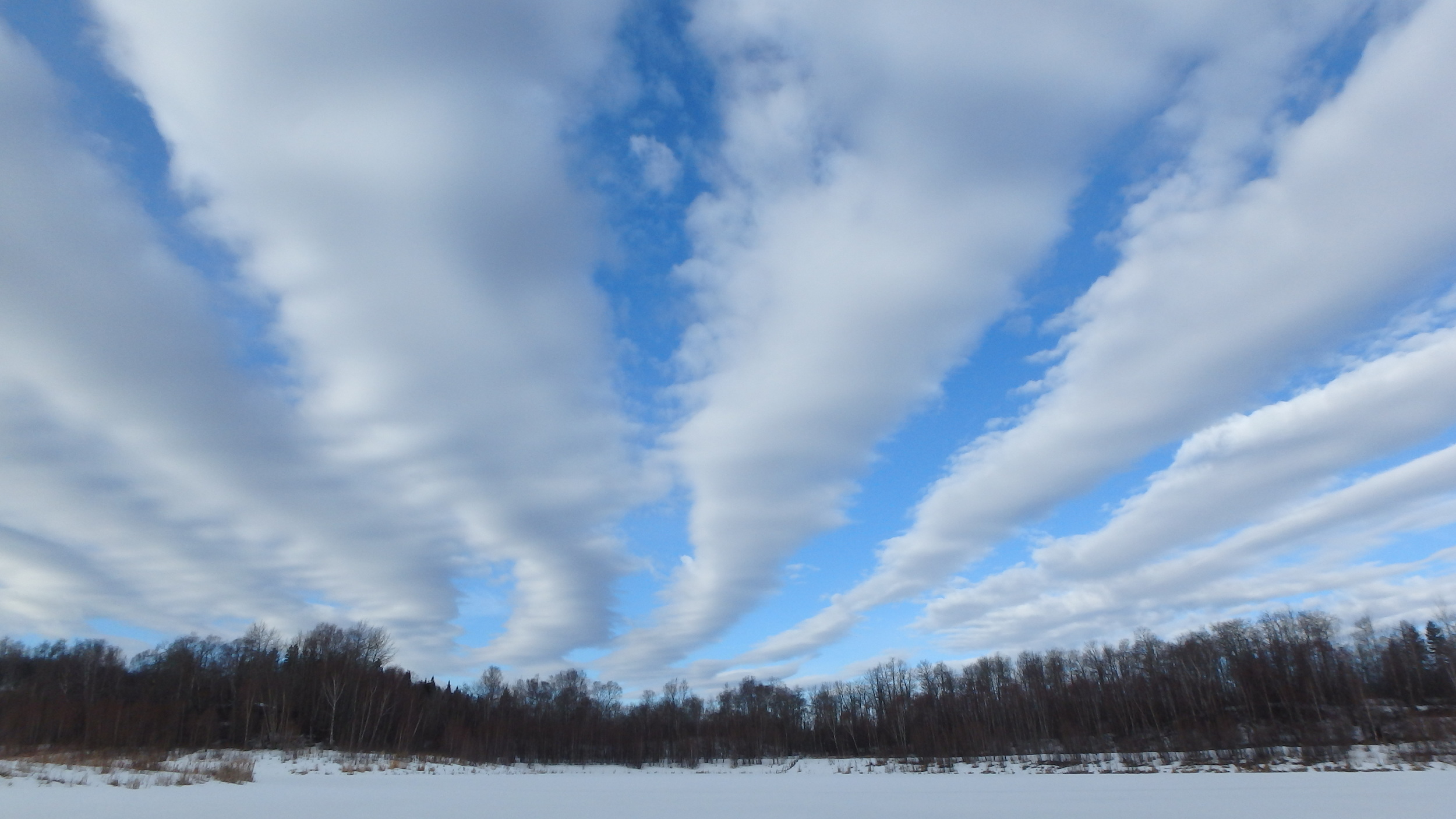
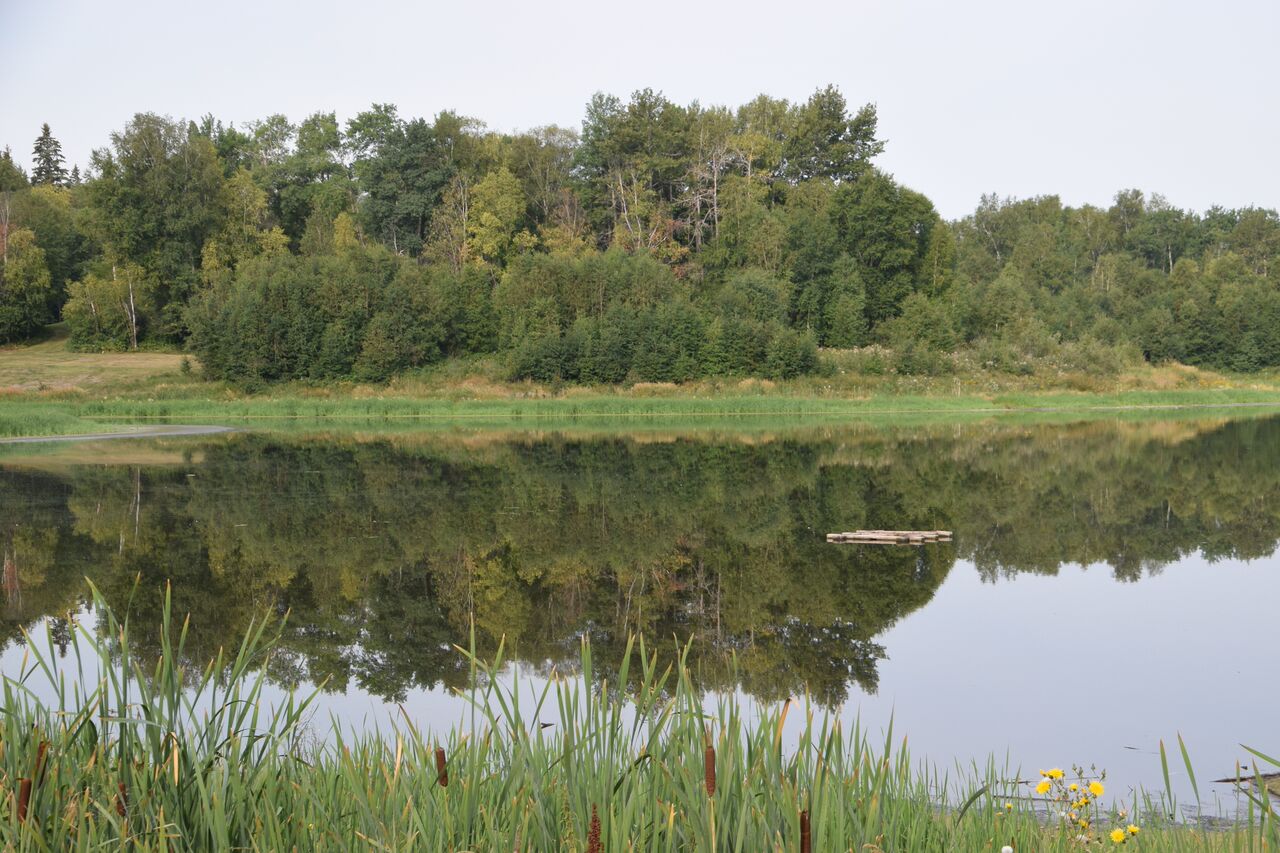
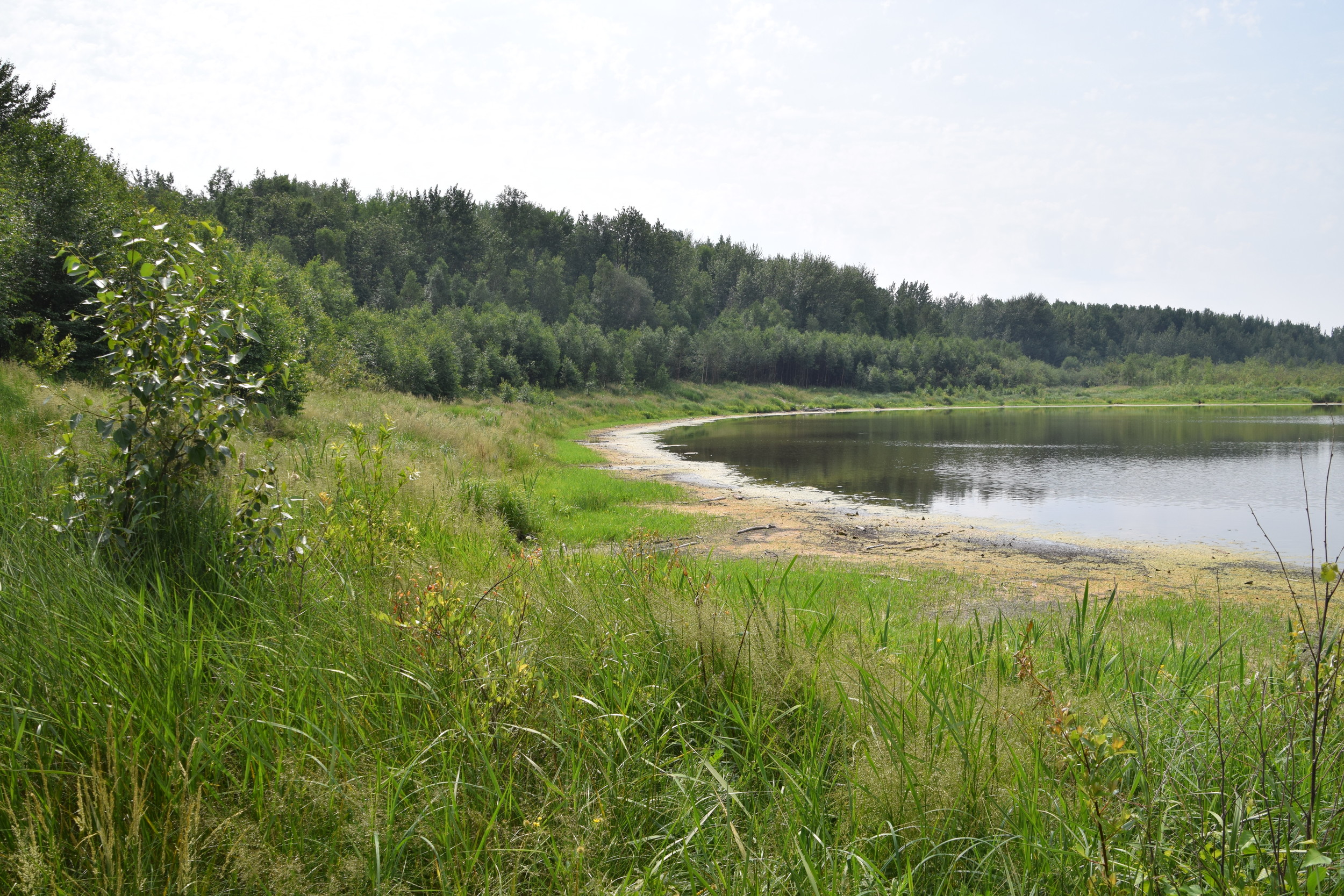
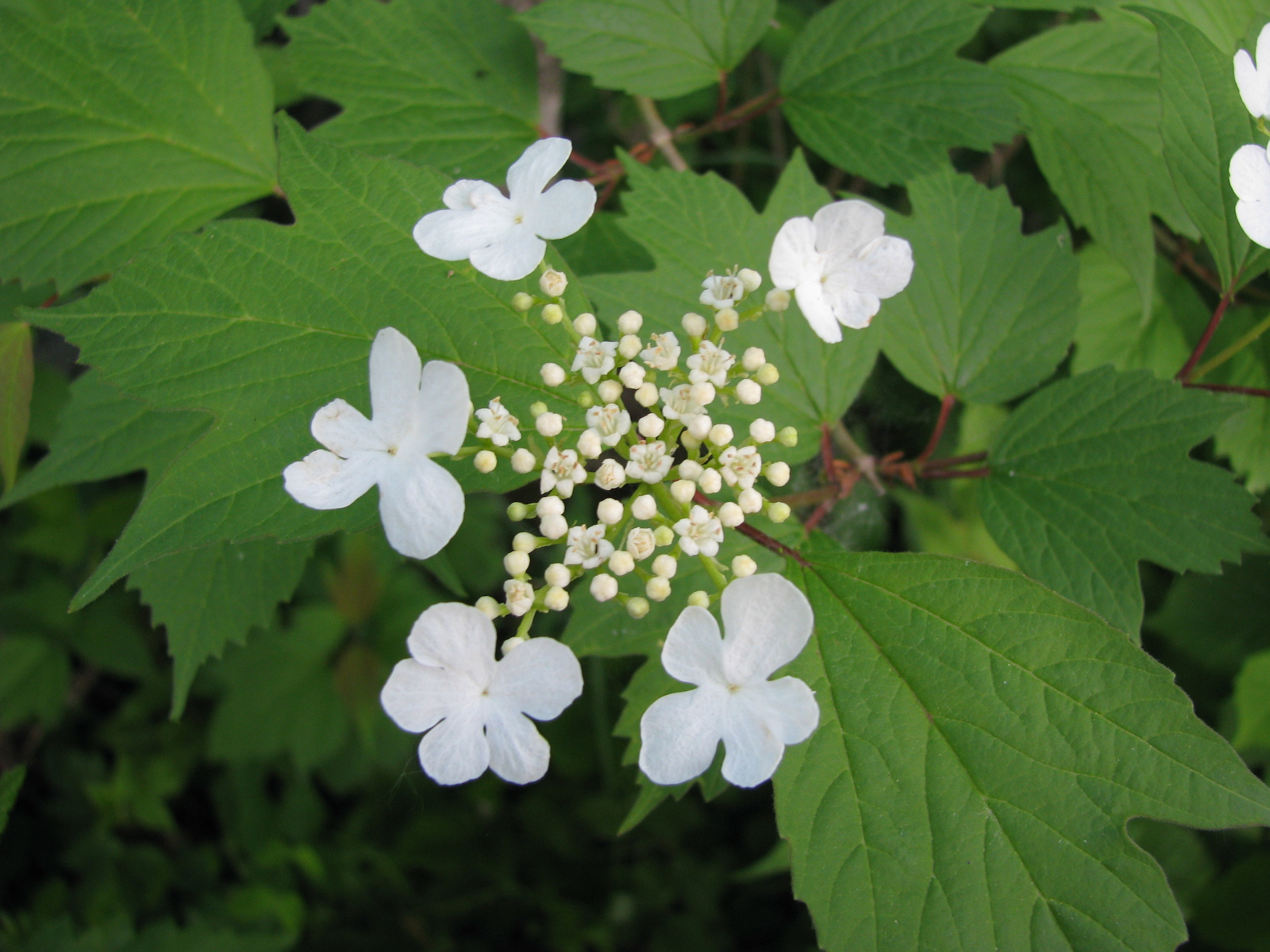
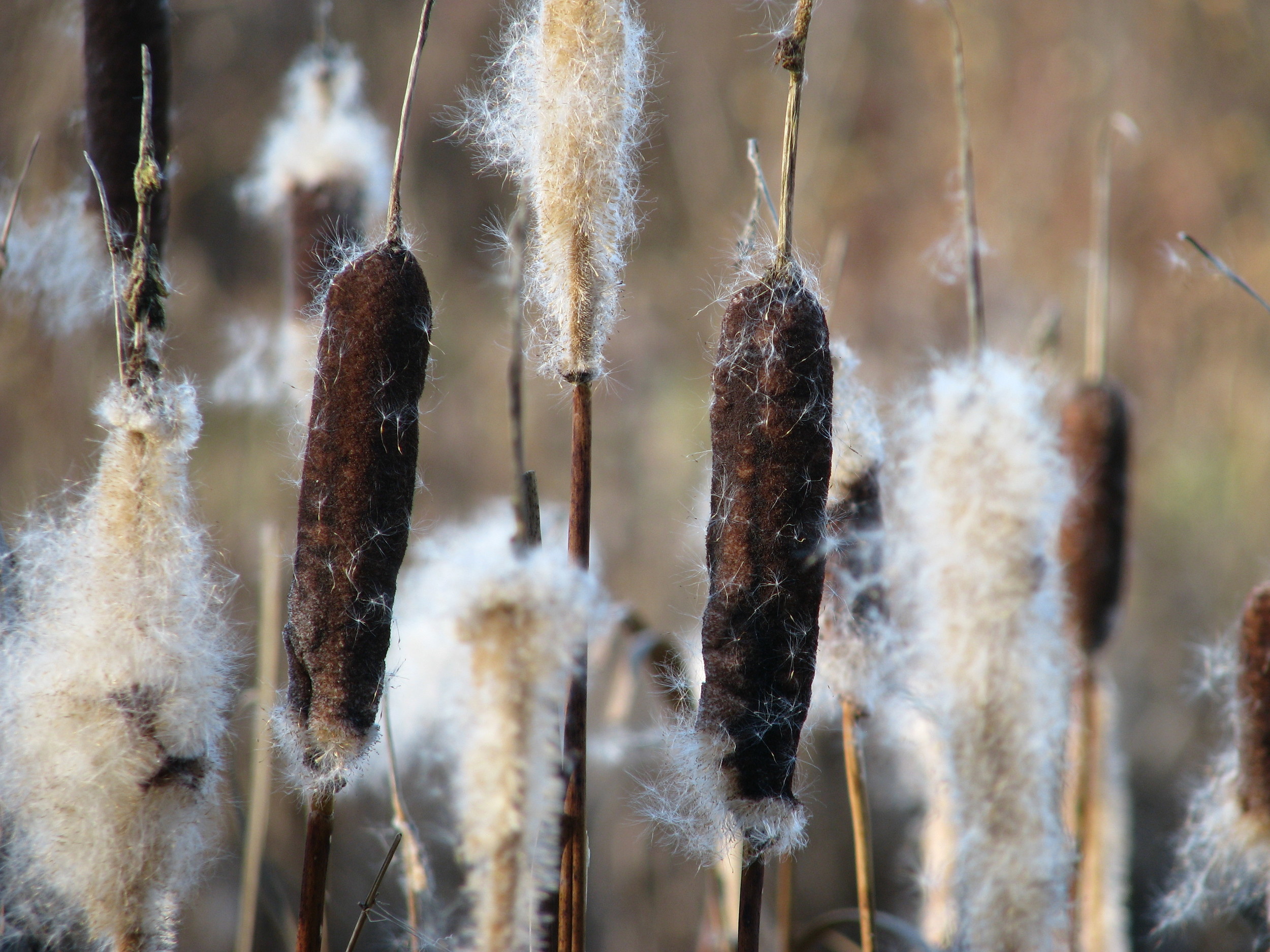
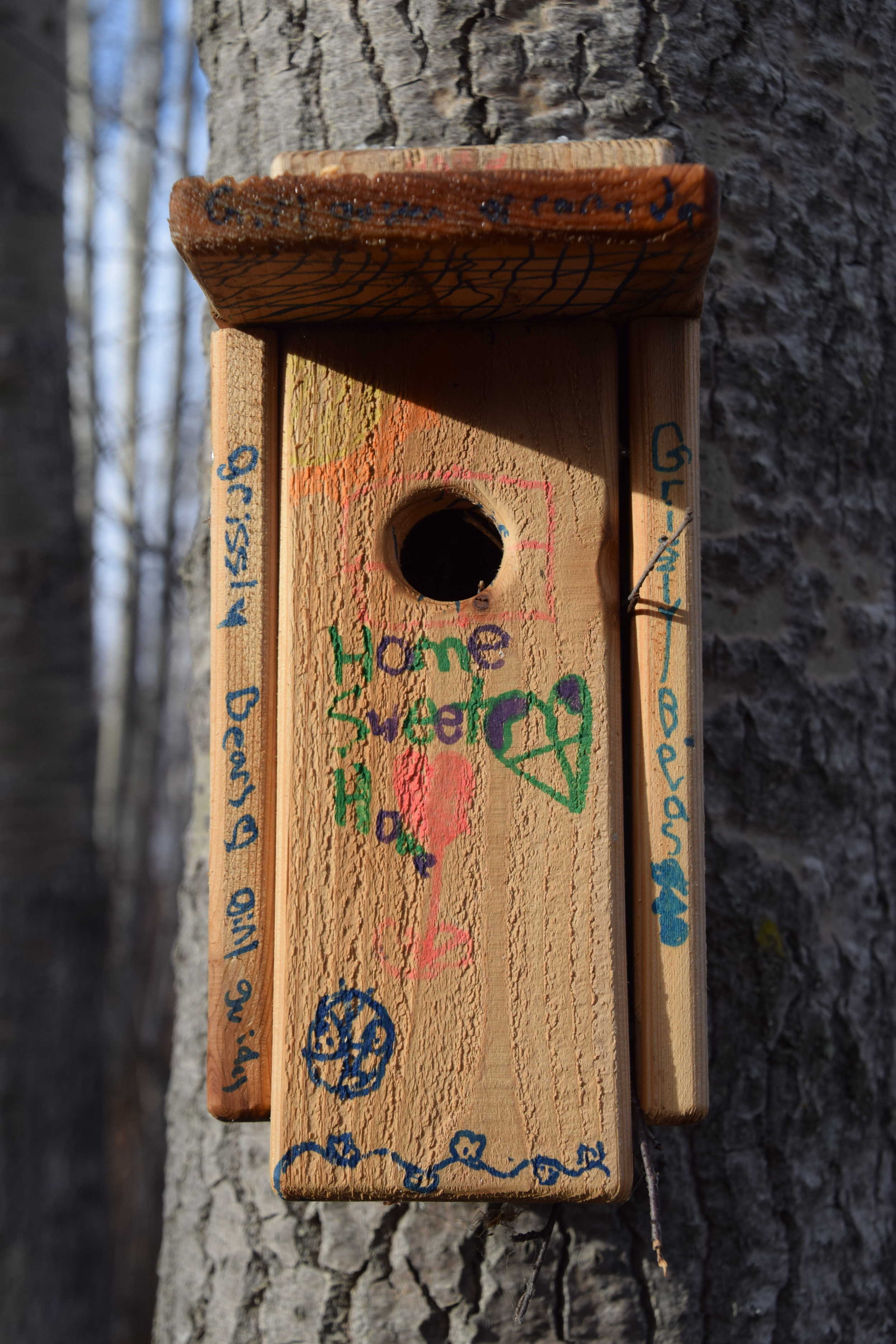




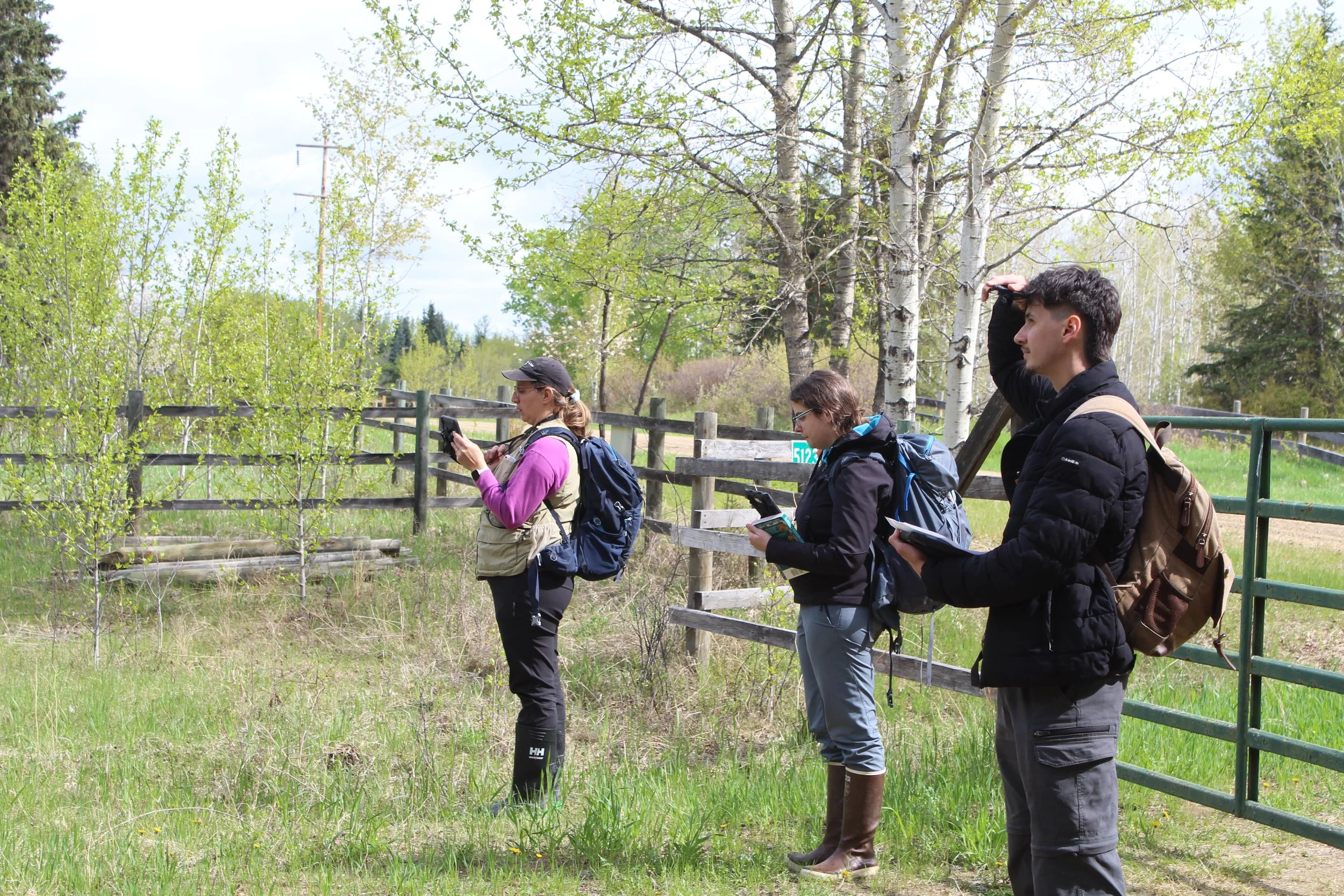





















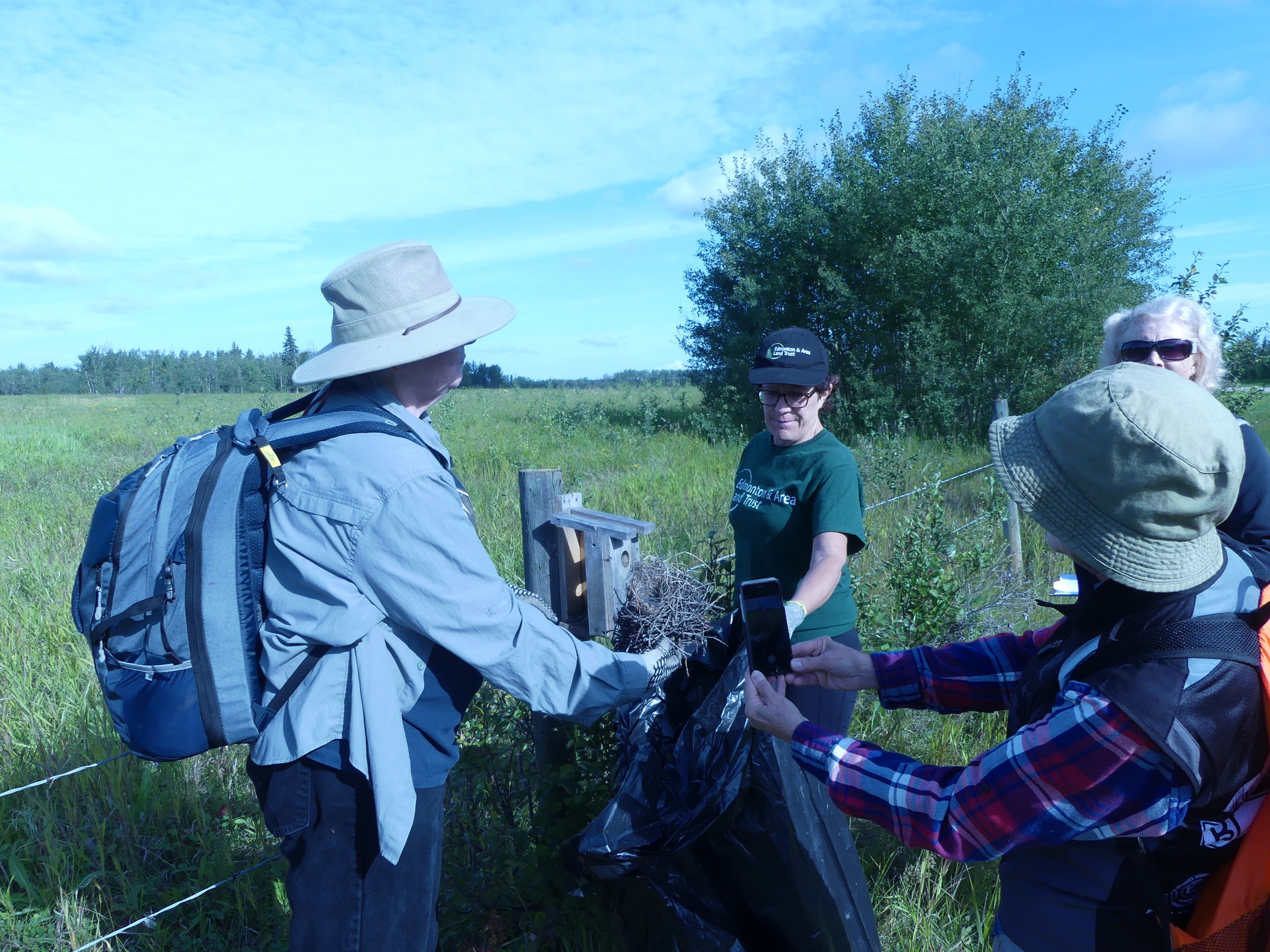

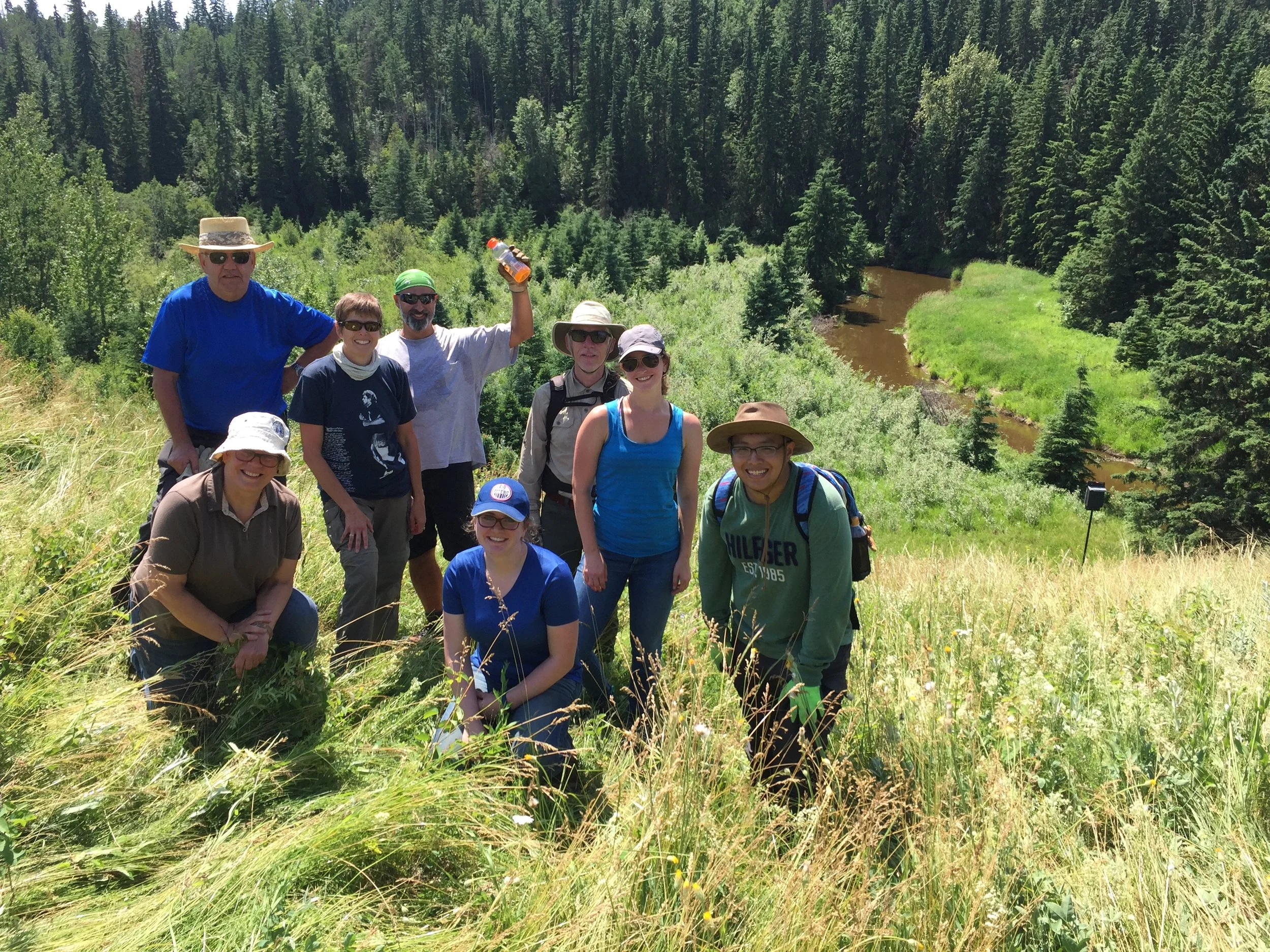
Thanks Patty for saving our camera from the lake!
Read More